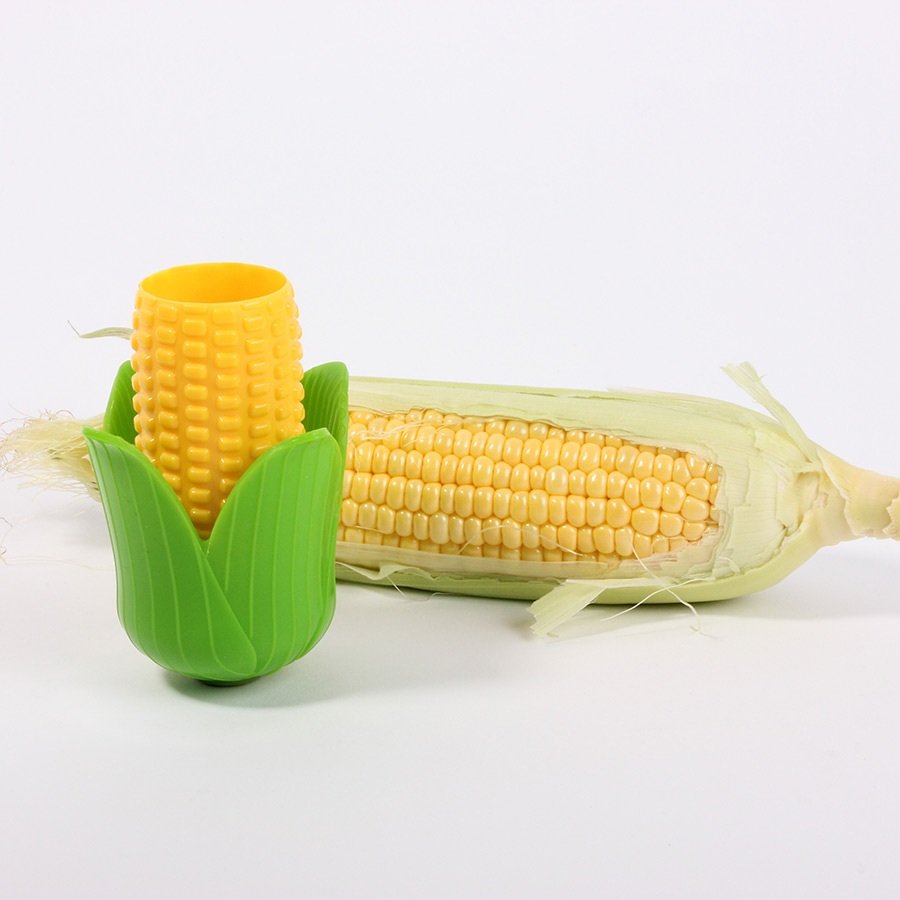Interview: Kyleigh Kühn of Roots of Peace
Discussing development, inspiration and overcoming tragedy with the family-run organization’s preeminent humanitarian
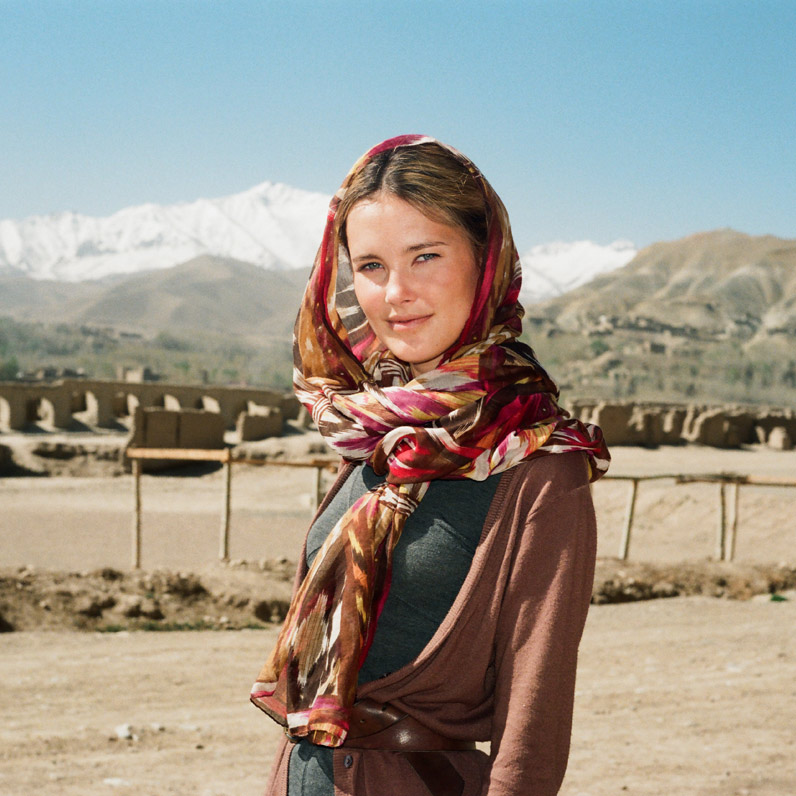

At the age of 13, in a remote Croatian minefield, Bay Area-native Kyleigh Kühn’s life changed forever. Visiting the war-torn region left an indelible mark on Kühn, inspiring her to join in Roots of Peace, an international non-profit organization founded by her mother that aims to aid in post-war recovery around the world—planting grapes where mines once laid. After a formative trip to Afghanistan, Kühn focused her efforts on the region, helping to increase access to education, improving income-generating capabilities and finding artistic inspiration in the country’s rich tapestries and jewelry. Following a fatal attack on the organization’s guesthouse in Kabul, the young humanitarian spoke with CH about resilience, the power of grapes and her organization’s unique approach to international aid.
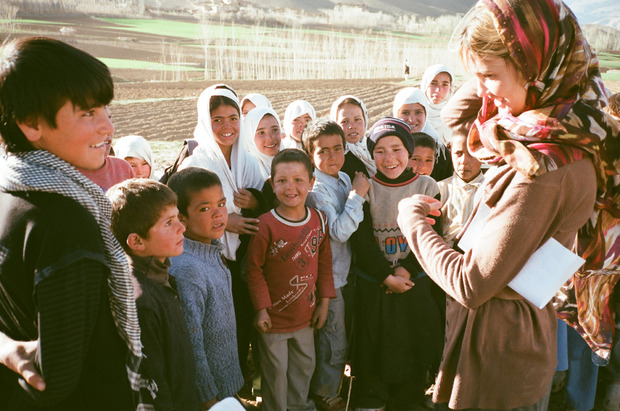
Can you tell us a bit about the organization and how it came to be?
Roots of Peace was founded in 1997 by my mother Heidi, with a vision of transforming “mines to vines.” Soon after, my father joined her, applying his experience working at Adobe and IBM to help expand Roots of Peace. We have projects in Afghanistan, Vietnam, Croatia, Bosnia, Palestine and Angola. We replace minefields with bountiful vineyards and orchards—replacing the seeds of terror with the seeds of hope.
What has the reception been locally and internationally?
Roots of Peace is extremely well-respected within the communities we work. We go to great lengths to respect local traditions and only enter regions if we are invited to do so. We consider ourselves to be partners with those we work with, providing the initial investments, tools and training needed to improve their farms. The farmers provide 50% of the investment themselves, putting us on equal ground with one another. After a year, the farmers are completely self-sufficient.
A few years ago, I began modeling, utilizing it as a platform to promote Roots of Peace. I was floored by the outpour of support I received from the fashion industry—from a generous donation from Glamour Magazine to numerous articles in Vogue supporting my efforts. It’s been tremendous and rather surprising from what most onlookers might consider to be a shallow industry.
Locally, our community in the Bay Area has been extremely supportive. We are so lucky to live in an area with some of the best produce on earth. There is a lot of solidarity we have found in Napa and San Francisco with people wanting to support local farmers in Afghanistan. I think those who respect food have a huge reciprocity with farmers worldwide.
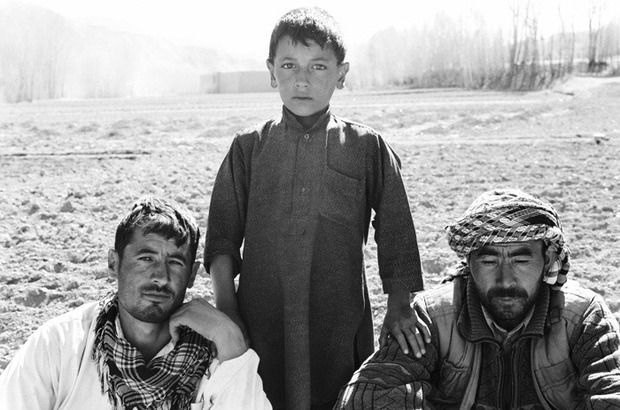
How has the tragic attack on your guesthouse in Afghanistan affected the work of the organization?
The recent attack was a tragic reminder of the reality that Afghans suffer every day. It was the first act of violence that Roots of Peace has experienced and was an incredibly jarring and upsetting experience. However, our commitment to the Afghan people remains strong. We have experienced such a deep showing of solidarity from the Afghan people. During the attack, our Afghan drivers saw what was going on and begged the military if they could go in and help protect our staff saying, “These are our people!”
Two innocent bystanders were killed in the car bomb blast. One was a young girl who was in her fourth year of medical school at Kabul University. She was walking home with her older brother from training to help at the election polls. It breaks my heart that such an ambitious and civic-minded girl was taken from this world. But we are choosing to lead with forgiveness and love, and to not let such a vicious act let us leave our projects. Our projects are completely non-political, non-religious and non-profit. Our projects are benefiting rural Afghans who are so appreciative of our assistance.

Viticulture plays a key role in your organization’s work. Why grapes?
I grew up just south of the Napa Valley. When my mother started Roots of Peace, she made a toast that the world may go “from mines to vines”—eradicating land mines and planting vineyards. Our first donations were from Grgich Hills and Mondavi, removing mines from vineyards that were forced to be abandoned. It began as a beautiful symbol of transformation, and it grew into a viable form of development.
For example, in Afghanistan farmers traditionally grow their grapes on top of dirt mounds. The grapes often touch the dirt and get moldy, and many grapes are hidden in shade, resulting in smaller yields. We introduced the trellising systems used in Napa Valley and the Afghan farmers’ yields doubled and tripled. Furthermore, we help them package their grapes, transport them using chilled containers and introduce them to markets where they can receive better prices for their product. Ultimately, these farmers are earning exponentially higher incomes, especially if they grow grapes rather than low-value annual crops like cotton, wheat and poppies. With 80 percent of the Afghan population dependent on agriculture, this level of increased economic stability undoubtably promotes a more stable future.
We grow a variety of table grapes in Afghanistan, Thomson Seedless [sultana] grapes are indigenous to the area. Since Afghanistan is Muslim, the grapes are never fermented into wine. Roots of Peace has worked with over a million farmers and their families in Afghanistan. With a population of 30 million people, we have directly affected one in 30 Afghans, and at some point our fruits, nuts and vegetables have probably been enjoyed by the entire population. Our work is extremely holistic and deeply symbolic. We de-mine the land, healing the wounds of war and restoring them to bountiful harvests. It is a beautiful way to approach such a pragmatic solution to rehabilitating a war-torn country.
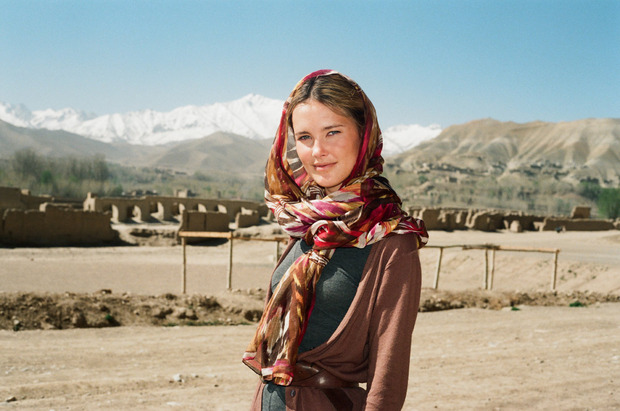
What inspires you?
I recently realized that what inspires me most is potential. I love to look at things or situations and envision an elevated potential. One of my side hobbies is interior design. I’ve made shelves out of driftwood and terrariums out of drywall containers. I created a jewelry line in Afghanistan that applies a more modern take on traditional designs. I’m working with artists and designers to create high-quality Afghan carpets. Nothing satisfies me more than seeing something reach its highest potential. The work we do at Roots of Peace does just that: We work with the crops that are available in Afghanistan, and elevate them to reach greater quality and profits.
For ways to get involved and a closer look at Roots of Peace’s work in Afghanistan and around the world, visit them online.
Photos by Ruvan Wijesooriya
